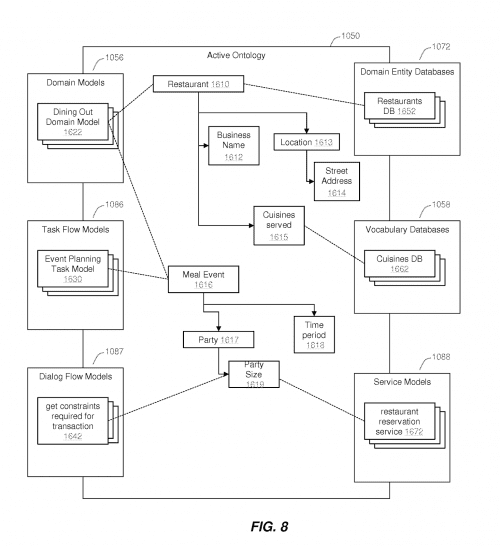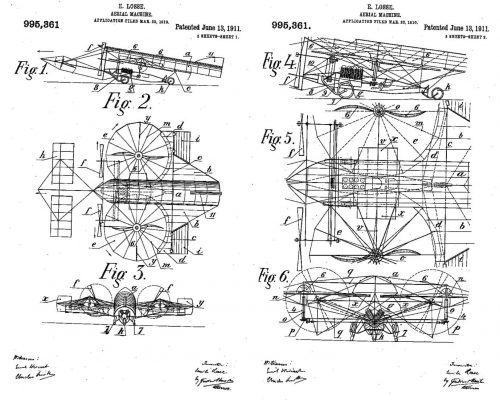CAD or Computer Aided Drawing programs are a boon for those who do not understand the basics of drawing. If you are inclined to make the patent drawing yourself then CAD is the ideal solution. They are extremely simple and can be used by anybody with or without drawing skills. Plus, they offer ease of correction in case of errors. With the help of a scanner and digital camera, CAD can easily be used to create 3-D drawings of your invention.
The only drawback of CAD is that the equipment is fairly expensive to invest in and is only useful if you need to continuously file for patents. Adobe Illustrator, Smart Draw, DraftSight, CorelDraw, and OmniGraffle 7 FreeCAD, Inkscape, LibreOffice Draw are some options to consider for patent drawings.







